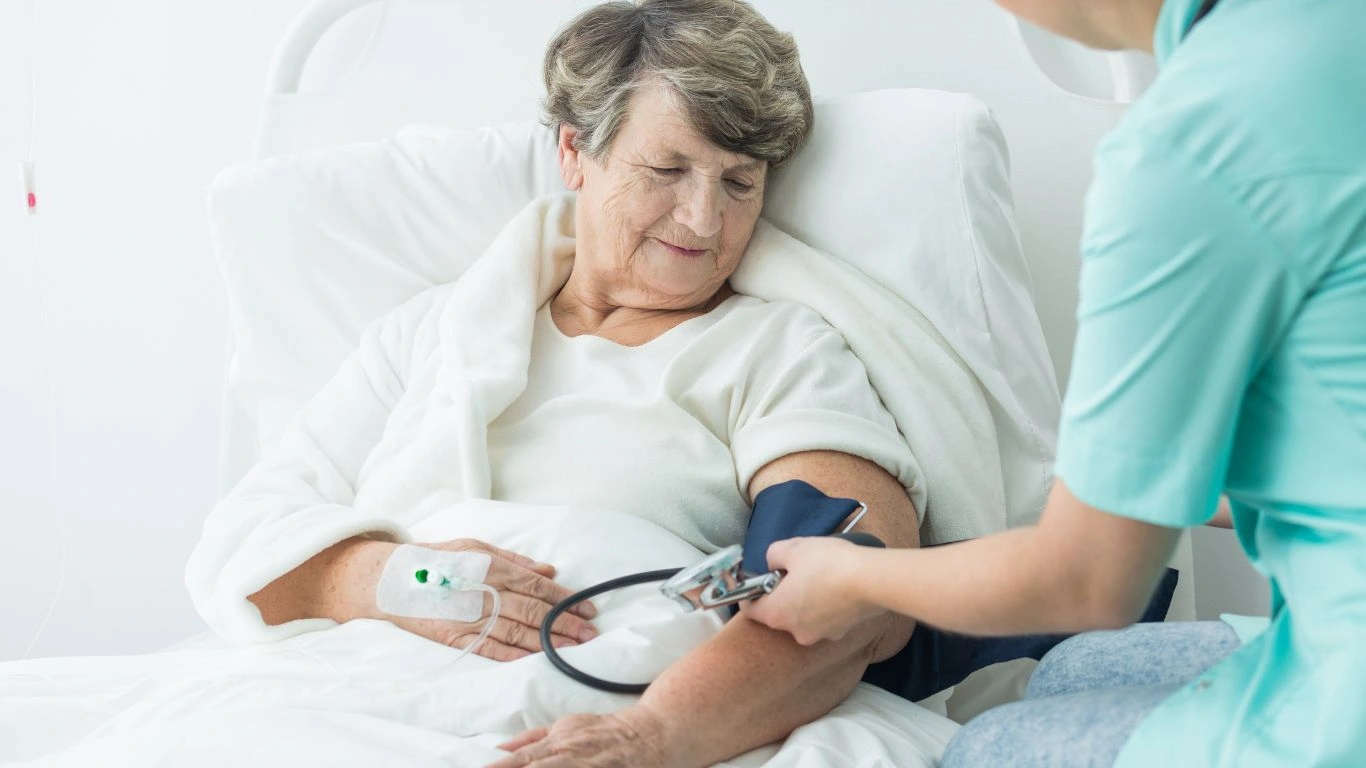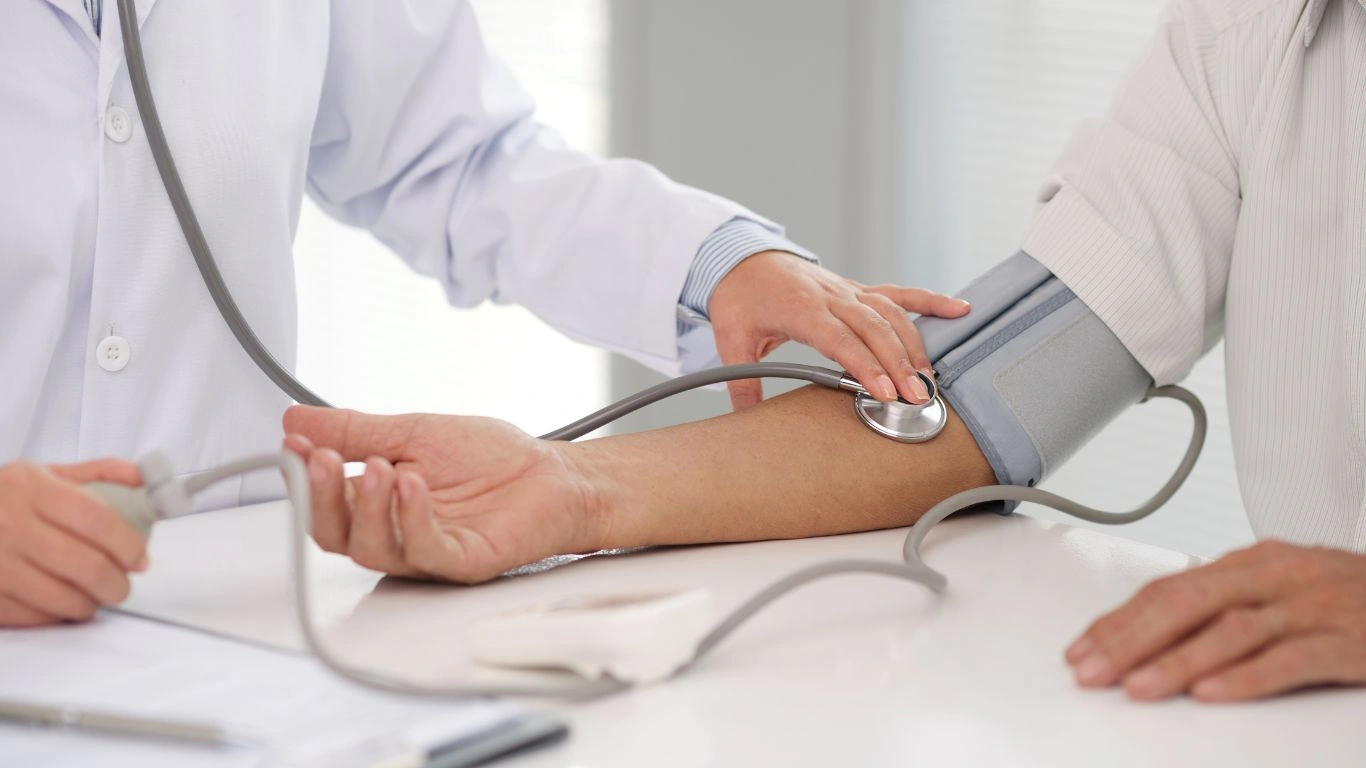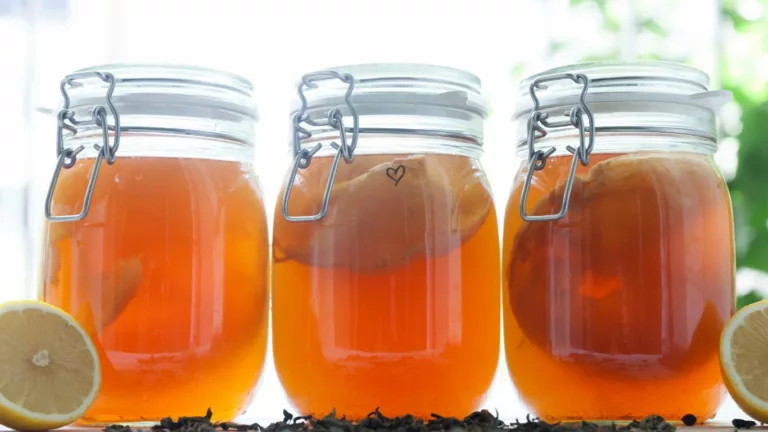Effective Daily Habits to Lower Blood Pressure Naturally and Safely
When it comes to daily habits to lower blood pressure, most people think of medication first. But trust me,
Keep Stress in Check: Your Blood Pressure Will Thank You

Stress and high blood pressure go hand in hand—I’ve seen it countless times. The moment life throws a curveball, your heart starts racing, and boom—your blood pressure spikes. It’s like your body is bracing for battle, even if the “enemy” is just a long to-do list or rush-hour traffic.
So, how do we calm the storm? You don’t need a week-long vacation in the mountains (though that would be nice!). Instead, try these stress-reducing habits:
- Deep breathing: A simple five-minute breathing exercise can lower blood pressure on the spot. Inhale for four counts, hold for four, exhale for four. Easy.
- Daily movement: A short walk, some light yoga, or even dancing in your kitchen—movement releases feel-good hormones that combat stress.
- Cut back on the news and social media: Constant negativity can fuel anxiety. Set boundaries and take mental breaks.
- Find your “happy activity”: Reading, gardening, playing music—anything that helps you unwind.
Personally, I swear by evening walks with my dog. No phone, no distractions—just fresh air and quiet time to reset. Find what works for you!
Limit Processed Foods: Your Heart Will Feel the Difference

Let’s talk food. The link between diet and blood pressure is undeniable. Overprocessed, sodium-loaded foods are one of the biggest culprits behind stubbornly high readings. I’ve had patients who saw dramatic improvements just by making simple swaps in their diet.
The Salty Truth
Sodium causes the body to retain water, which increases blood volume—and that puts extra pressure on your arteries. The tricky part? Most excess salt isn’t from the salt shaker; it’s hidden in packaged foods, restaurant meals, and even so-called “healthy” snacks.
Here’s what to do:
- Read labels: If sodium is sky-high, put it back on the shelf.
- Cook more at home: That way, you control the ingredients.
- Flavor with herbs and spices: Garlic, lemon, basil, turmeric—so many ways to add taste without salt.
Eat More Potassium-Rich Foods
Potassium helps balance sodium in your body, which naturally keeps blood pressure in check. Some of the best sources?
- Bananas
- Sweet potatoes
- Spinach
- Avocados
- Oranges
It’s a simple fix with a big payoff. Swap out the chips for a banana, add spinach to your omelet, or toss some avocado into your salad. Your heart will love you for it.
Coming up next: More daily habits that keep blood pressure in check—including a surprising one most people overlook!
Case Studies & Real-Life Examples

When it comes to managing high blood pressure, it’s one thing to talk about it in theory, but seeing real-life examples of success can be incredibly motivating. Over the years, I’ve had the privilege of working with many patients who have transformed their health simply by implementing daily habits to lower blood pressure. Let me share a few inspiring stories with you.
Case 1: Sarah’s Success with Exercise
Sarah, a 52-year-old mother of two, came to me feeling overwhelmed by her diagnosis of high blood pressure. Her doctor had prescribed medication, but she wasn’t thrilled about the idea of lifelong pills. We discussed lifestyle changes, and she committed to exercising every day for at least 30 minutes. Over time, she added some strength training and yoga to her routine. After six months, Sarah had lowered her blood pressure significantly, and she felt stronger, more energized, and less stressed. She’s still on her medication, but it’s at a much lower dose—and she’s hopeful she may be able to reduce it further.
Case 2: John’s Dietary Overhaul
John, in his late 40s, came to me with a love for fast food. His blood pressure was dangerously high, and he had gained weight over the years. We focused on diet first—eliminating processed foods, cutting back on sodium, and increasing his intake of potassium-rich foods like bananas, spinach, and sweet potatoes. John made small changes, like preparing more home-cooked meals and swapping soda for water or herbal tea. Within just a few months, his blood pressure dropped, and he shed a few pounds. His story is a perfect example of how diet can be a game-changer.
Key Takeaways: What You Need to Remember
At the end of the day, managing your blood pressure is about consistency. If you can incorporate just a few key habits into your daily routine, you can start to see results. Here are the essential takeaways:
- Exercise regularly: Aim for at least 30 minutes of moderate activity most days of the week.
- Manage stress: Deep breathing, meditation, and daily movement are powerful stress-busters.
- Watch your sodium intake: Cut back on processed foods and season with herbs and spices instead of salt.
- Eat more potassium-rich foods: Bananas, avocados, sweet potatoes—these foods help balance sodium in your body.
- Get enough sleep: Poor sleep can contribute to high blood pressure, so prioritize quality rest each night.
By combining these habits, you can significantly reduce your blood pressure and improve your overall health. It’s not about perfection, but about taking small, sustainable steps every day to feel better.
FAQs
Q: Can daily habits alone lower my blood pressure?
A: Yes, in many cases! While medication may still be necessary, daily habits like exercise, diet changes, and stress management can significantly help lower blood pressure. Many patients have been able to reduce their reliance on medication by making lifestyle changes.
Q: How quickly will I see results from these habits?
A: It varies from person to person, but most people begin to see improvements in their blood pressure within a few weeks to a few months of consistently following these habits.
Q: Do I need to do all of these habits to see a difference?
A: Not necessarily. Start with one or two habits, like regular exercise and reducing sodium, and build from there. The more habits you can incorporate, the greater the results.
Bonus: Additional Resources or DIY Tips
For those looking to dive deeper into lowering blood pressure naturally, here are a few additional resources and DIY tips that can make a big difference:
- Track your progress: Use a blood pressure monitor at home to keep tabs on your numbers. Tracking your progress can help keep you motivated.
- Join a support group: Find an online or local community focused on blood pressure management for encouragement and tips from others going through the same journey.
- Try mindful eating: Eat slowly, savor each bite, and avoid overeating. Mindful eating can help manage your stress and weight, both of which are key to controlling blood pressure.
Appendix: Table, References, Disclaimer, and Call to Action
References:
1. National Heart, Lung, and Blood Institute: [www.nhlbi.nih.gov](https://www.nhlbi.nih.gov)
2. American Heart Association: [www.heart.org](https://www.heart.org)
3. Mayo Clinic: [www.mayoclinic.org](https://www.mayoclinic.org)
Disclaimer: The information provided in this article is intended for educational purposes only and should not be considered medical advice. Always consult with your healthcare provider before making significant lifestyle changes or starting a new exercise or dietary regimen.
Call to Action: Start today! Take charge of your blood pressure by implementing these daily habits. Your heart will thank you!

Dr. Gwenna Aazee is a board-certified Internal Medicine Physician with a special focus on hypertension management, chronic disease prevention, and patient education. With years of experience in both clinical practice and medical writing, she’s passionate about turning evidence-based medicine into accessible, actionable advice. Through her work at Healthusias.com, Dr. Aazee empowers readers to take charge of their health with confidence and clarity. Off the clock, she enjoys deep dives into nutrition research, long walks with her rescue pup, and simplifying medical jargon one article at a time.





